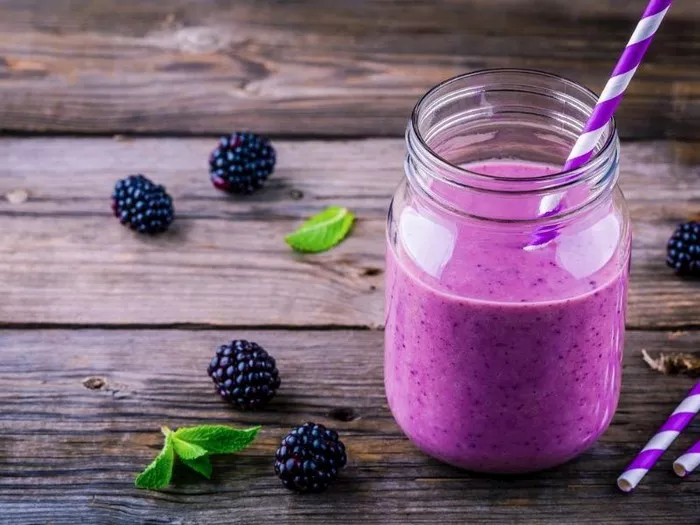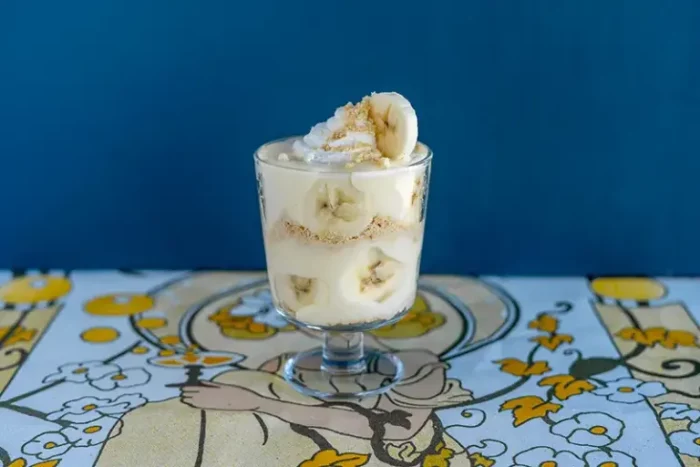The question of whether a pancake qualifies as a dessert often sparks lively debates. Understanding the answer requires delving into the origins, cultural contexts, and variations of pancakes. This article will explore these aspects, examine how pancakes are commonly served, and ultimately provide insights into their categorization.
Origins and Cultural Variations
Pancakes have a rich history dating back centuries, with evidence suggesting they were a staple in ancient civilizations. The earliest records indicate that pancakes were made from a simple mixture of grain and water, often cooked on a hot stone or griddle. Over time, ingredients and preparation methods evolved, reflecting the diverse culinary traditions across the globe.
European Pancakes
Crepes (France): Thin, delicate pancakes made from a blend of flour, milk, eggs, and a bit of sugar. They are often filled with sweet or savory ingredients and enjoyed as both breakfast and dessert.
Aebleskivers (Denmark): Small, round pancakes that are cooked on both sides and can be filled with jam, fruit, or chocolate. Their spherical shape makes them unique and versatile for both sweet and savory toppings.
Tukaczy (Poland): Thick, dense pancakes made from buckwheat flour, commonly served with sour cream or butter and enjoyed at breakfast or as a snack.
Asian Pancakes
Japanese Okonomiyaki: A savory pancake made with cabbage, meat, and a special flour mix, topped with sauces, mayonnaise, and other condiments. It’s a popular street food often enjoyed for dinner.
Korean Jeon: A variety of savory pancakes made with vegetables, seafood, or meat. They are a staple in Korean cuisine and can be served at any meal.
Chinese Jian Bing: A crepe-like pancake stuffed with meat, eggs, and vegetables, often eaten for breakfast.
American Pancakes
Classic American pancakes are thick, fluffy, and made from a blend of flour, milk, eggs, baking powder, and a pinch of salt. They are typically served with maple syrup, butter, and sometimes fruits or whipped cream.
Common Serving Practices
How pancakes are served significantly influences their categorization as a dessert or a breakfast food. Here’s a closer look at some common serving practices:
Breakfast and Brunch
In many cultures, pancakes are a beloved breakfast option. They are quick to make, easy to customize, and provide a warm, comforting start to the day. Classic toppings include butter, maple syrup, and fresh fruits.
In the United States, pancakes are often served with scrambled eggs, bacon, or sausage, making them a hearty breakfast meal.
Dessert and Snacks
When topped with sweet ingredients like chocolate sauce, whipped cream, fresh berries, or ice cream, pancakes can easily transition into a decadent dessert. Their versatility allows for endless creativity in toppings and flavors.
Pancake stacks drizzled with honey or caramel and adorned with candied nuts or colorful sprinkles are common at brunches and special occasions.
Some cafes and restaurants offer pancake desserts, such as stuffed pancakes with Nutella, bananas, or other sweet fillings.
Nutritional and Dietary Considerations
Understanding the nutritional content of pancakes can also influence how they are perceived. Here’s a brief breakdown:
Caloric Content
Pancakes can be high in calories, depending on their ingredients and toppings. A classic pancake made with whole milk and butter can have around 150-200 calories per serving. Adding toppings like syrup, whipped cream, or chocolate chips can significantly increase the calorie count.
Macronutrient Balance
Pancakes are typically rich in carbohydrates, providing quick energy. They can also contain moderate amounts of protein and fat, depending on the recipe. For example, pancakes made with whole wheat flour or added protein powder can be more nutritionally balanced.
Dietary Variations
Gluten-free pancakes made with alternative flours like almond or coconut are gaining popularity among those with celiac disease or gluten intolerance.
Vegan pancakes, made with plant-based milk and eggs (such as flax or chia seed eggs), cater to those following a vegan diet.
Low-carb pancakes, often made with almond flour or oat fiber, are popular among those on ketogenic or low-carb diets.
Cultural Perception
How pancakes are perceived culturally also plays a role in categorizing them. In some regions, pancakes are strictly associated with breakfast, while in others, they are enjoyed at any time of day.
Western Cultures
In the United States and many Western European countries, pancakes are primarily seen as a breakfast or brunch food. However, their popularity as a dessert item is growing, especially among younger generations who enjoy experimenting with different toppings and flavors.
Eastern Cultures
In East Asia, pancakes are often seen as a snack or street food, served both savory and sweet. Their versatility and convenience make them a popular choice for any meal.
Conclusion
The question of whether a pancake is a dessert or not is ultimately subjective and context-dependent. Historically, pancakes have been enjoyed at various times of the day and with a wide range of toppings, making them incredibly versatile. In Western cultures, pancakes are primarily associated with breakfast, but their growing popularity as a dessert item cannot be ignored. In Eastern cultures, pancakes are often seen as a snack or street food, enjoyed both savory and sweet.
Ultimately, it’s the individual’s choice and cultural context that determine whether a pancake is served as a breakfast item or a dessert. Whether enjoyed with maple syrup at breakfast or topped with ice cream for dessert, pancakes remain a beloved food staple across the globe, cherished for their simplicity, versatility, and deliciousness.
Related Topics:
























